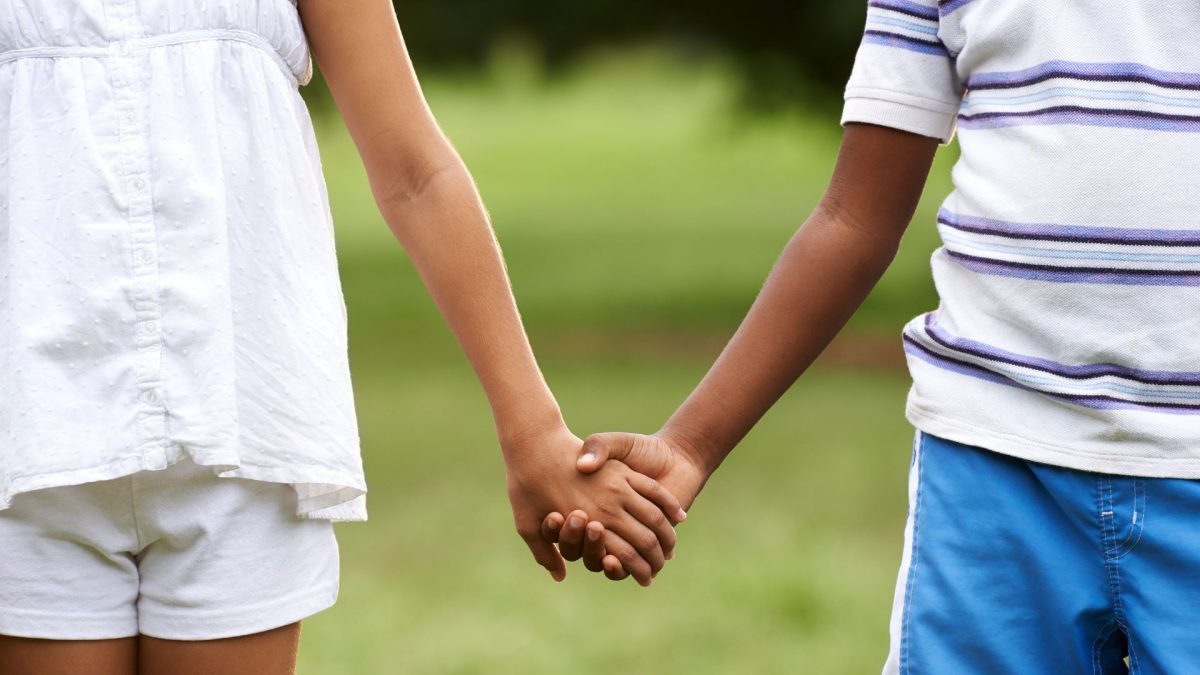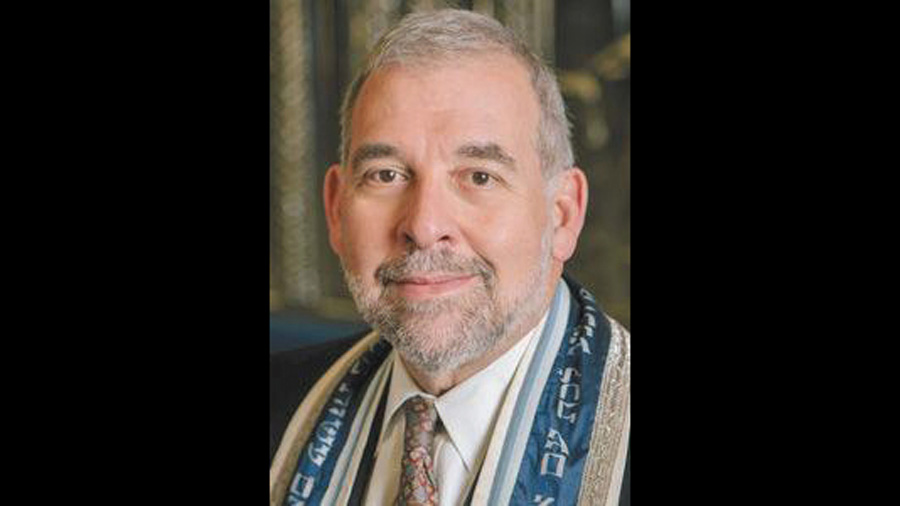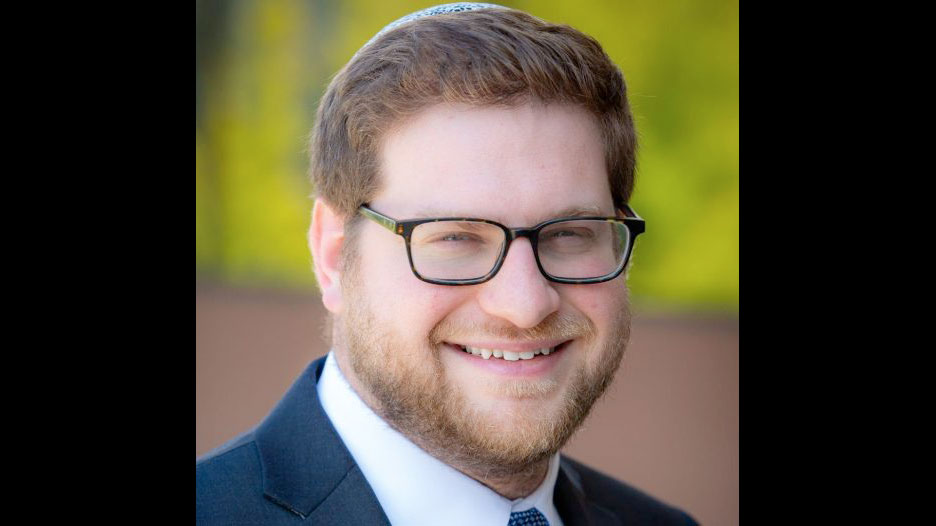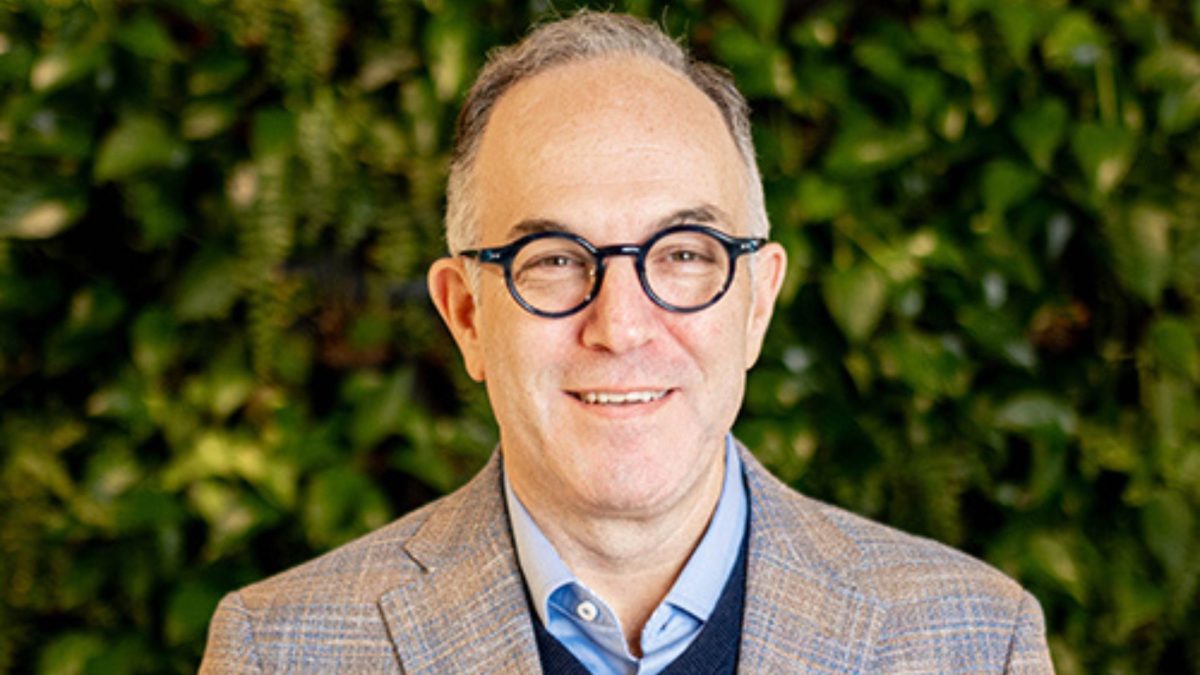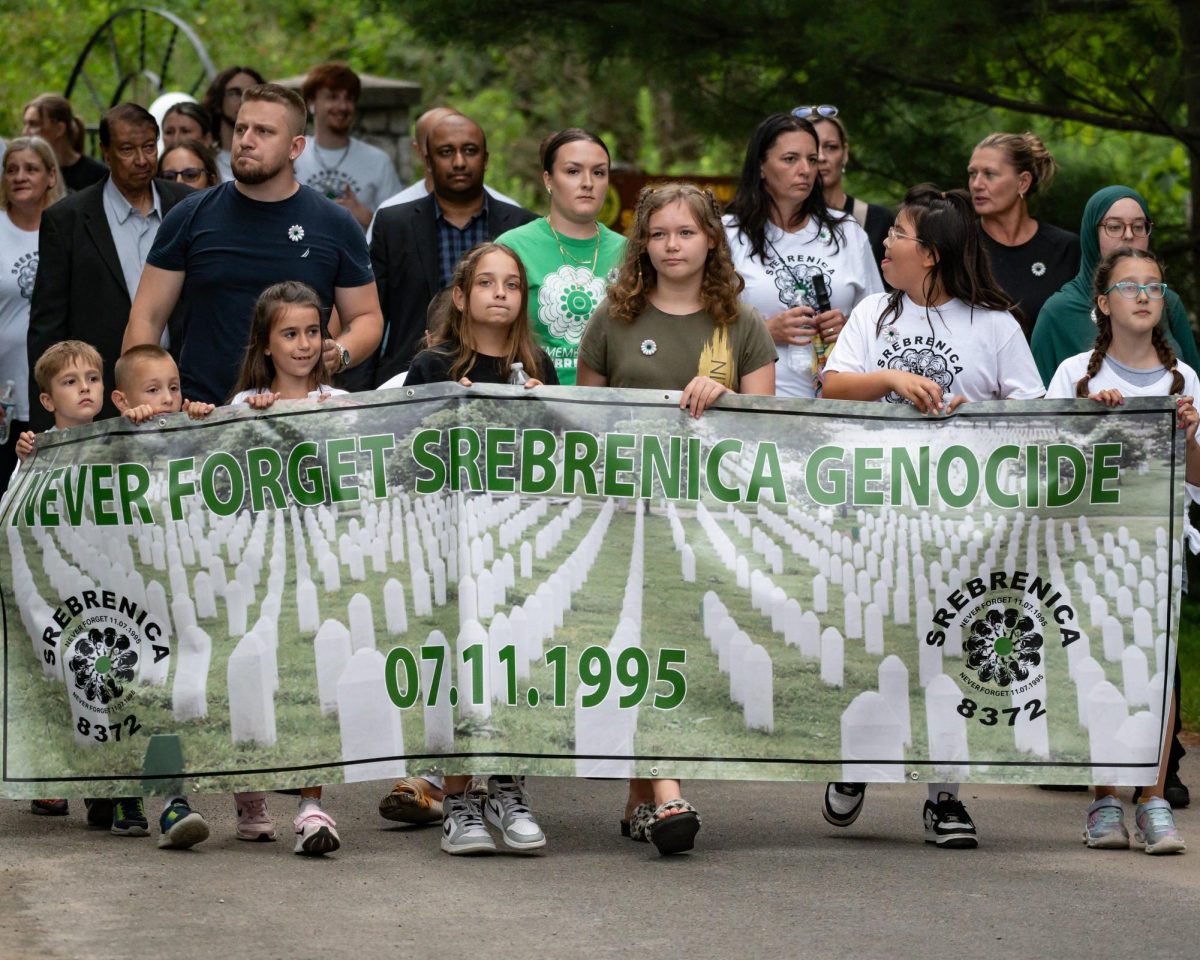A few days before Thanksgiving I was scrolling through Facebook and saw one of those “suggested for you” posts from an organization called Call to Activism. Although I was unfamiliar with the group, I was struck by the content of its message.
It contained a black-and-white photo of tap master Bill “Bojangles” Robinson and Shirley Temple Black in their iconic staircase dance during the 1935 movie “The Little Colonel.” The post explained that Robinson had been barred from holding the white girl’s hand during the scene, but the six-year-old actress grabbed hold anyway. The historic scene became the first time an interracial couple danced together onscreen. Black, who maintained a long-term friendship with Robinson, credited him with making her a better dancer throughout her career.
The post concludes, “In other words, it’s hard to live in color when you just see black and white. In a world full of hate, Be A Light.”
Yes, our world is filled with hate. Sure, that’s nothing new, it’s been around throughout human history. Yet, it somehow feels worse than ever. Even before the horrific Hamas attack on Israel, it had become unbearable to watch the news. There was Russia’s unprovoked attack on Ukraine, the senseless gun violence and almost daily mass shootings in the United States, and the greedy, dishonest politicians who unabashedly cheat, lie and fan the flames of bigotry in order to win power. Unfortunately, the list goes on and on.
There are days I simply want to pull the covers over my head and stay in bed. But, strangely enough, the one place I find comfort is within the maze of hallways that connect Barnes-Jewish Hospital, Siteman Cancer Center and Washington University School of Medicine in the Central West End.
No, I’m not a doctor or a nurse or any kind of medical professional. I’m a volunteer who never saw any of this coming when I retired from a writing job last year. Of course, I wanted to stay busy and find a way to give back. But my choice of location wasn’t totally altruistic.
To be honest, the Barnes-Jewish and Washington University campus is the only place in all of St. Louis that reminds me of New York City, where I worked as a journalist most of my adult life. Although I moved here for family reasons, St. Louis has never completely felt like home except for when I’m on the medical campus. There’s lots of foot traffic, everybody is in a hurry and it’s a melting pot of folks with different accents, skin colors, religions, gender identities–you name it. And, for heaven’s sake, nobody cares where you went to high school. They have a lot more important things on their minds.
But as time has passed, I realize it’s a lot more than the environment that draws me to the place. It’s even more than the good feeling that comes from giving assistance. It’s the kindness and compassion I see every day that I’m there. And it’s more than medical and support staff interacting with patients and their families. There are the complete strangers who, out-of-the-blue, are gracious to each other. They readily reach out to lend a hand or a kind word to someone they feel needs it.
I could give dozens and dozens of anecdotes, but one that especially gives me hope for humankind happened recently in the Siteman Cancer Center seventh floor waiting room at the Center for Advanced Medicine. One of my volunteer duties is helping at the information desk, where I have a good view of most of the floor. Since our patients and their caregivers are adults, it’s usually pretty quiet. But sometimes there are children who wait with relatives while a family member gets treatment or is seen by a doctor.
On this particular afternoon, there was a white mother with a toddler-aged daughter who broke the room’s silence with giggles of delight as she escaped the mom’s grasp and raced across the floor. As their wait grew longer, the mom was obviously getting tired and having trouble keeping up with the tiny child.
The situation caught the eye of a little Black girl, maybe around six or seven-years-old, who was sitting with her own mother. The girl leapt up, ran over to the white mother and asked if she could play with the toddler. The mom readily agreed with a huge smile of relief.
Things quieted down as the two girls became engrossed in their games and storytelling. They didn’t stop until the Black family was ready to leave. The Black girl said goodbye and walked with her parents towards the elevator. But the toddler made a beeline for them with her arms outstretched towards her new friend. The Black girl stopped and reached down to hug the child and kissed her cheek.
Here was the light. It was love in its purest and most natural form. Hate, quite clearly, is an evil lesson that is taught.
I pray these two girls never learn it.

Gail Appleson is a freelance writer and volunteer at Barnes-Jewish Hospital and Siteman Cancer Center. She is a member of Kol Rinah in St. Louis and Beth Sholom in Memphis, Tenn.



